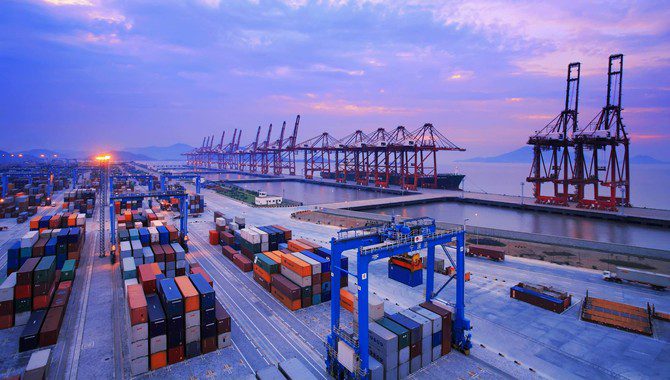Maritime authorities in east China’s Zhejiang Province have built a maritime intelligent control platform to facilitate the steady growth ofshipping at ports, while carrying out safe and effective control.
A total of 68 largeships can enter Ningbo-Zhoushan port in the province at the same time. Maritime staff can directly monitor the entry plans of eachshipthrough the maritime intelligent control platform, and then carry out scientific and comprehensive arrangement.
“At present, the on-time arrival and departure rate of the channels has exceeded 96 percent, and the navigation efficiency of the key channel during peak hours has increased by 33 percent, which greatly reduces the navigable safety risks ofships while improving the efficiency,” said Gao Jun, a staff member of command center of Zhejiang Maritime Safety Administration.
“Ourships can now enter and leave ports more quickly. In addition, we can also reduce fuel costs by using economical speed based on estimated operating time,” said Chen Chuanming, deputy general manager of COSCOShipping Lines (Ningbo) Co., Ltd.
In addition, forships transporting dangerous chemicals, maritime authorities conduct full-chain safety supervision through the maritime intelligent control platform, and implement the service measure of “oneship, one policy” to ensure priority on transportation of energy materials.
Meanwhile, with the help of the intelligent platform, maritime authorities can also accurately manage local waters with poor visibility, arrange orderly entry and exit ofships, and effectively increase port production and operation time based on professional weather forecasting and real-time weather warnings.
At present, the intelligent platform integrates the business data of 13 ocean-related units in Zhejiang, including the Big Data Management Bureau, the Department of Agriculture and Rural Affairs, the Department of Transportation, and the Department of Natural Resources. It also covers dynamic data of law enforcement, punishment and approval ofships and relevant administrative departments.
“Through data fusion and mechanism innovation, water traffic safety is ensured, andshipping efficiency is improved, provide port transportation enterprises with greater convenience and help them cut production and operation costs,” said Cui Meng, deputy director of command center of Maritime Safety Administration in Zhejiang.






